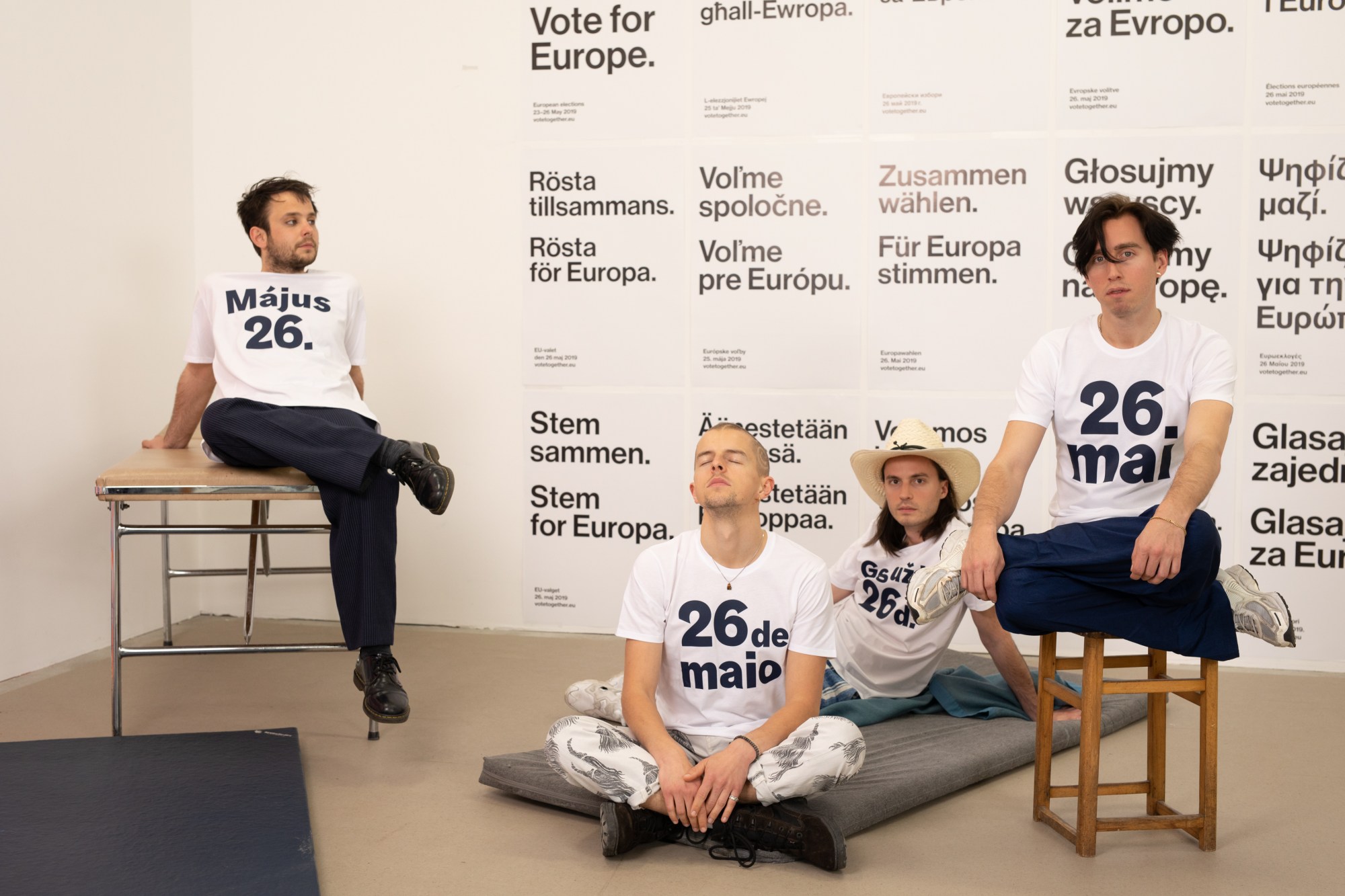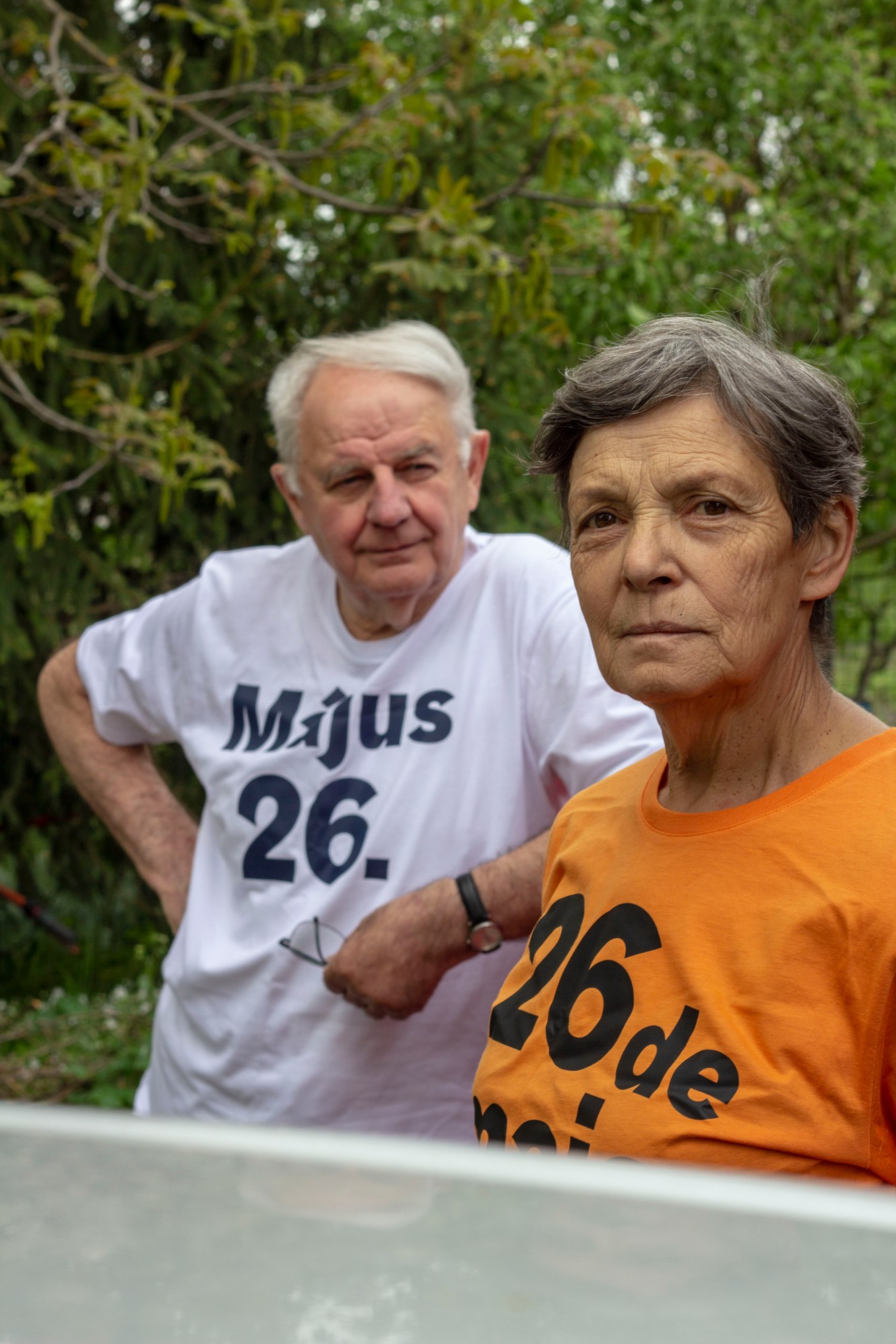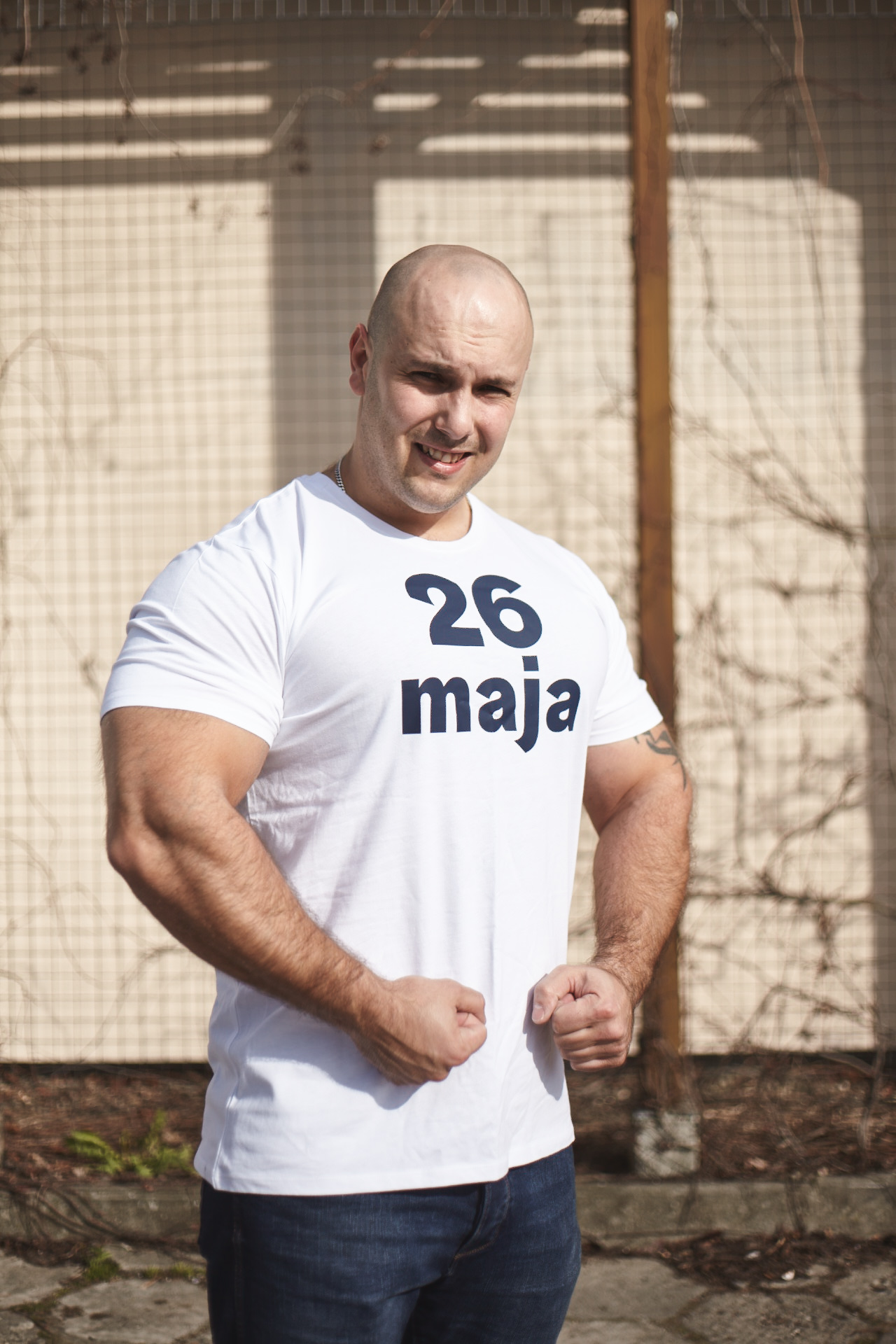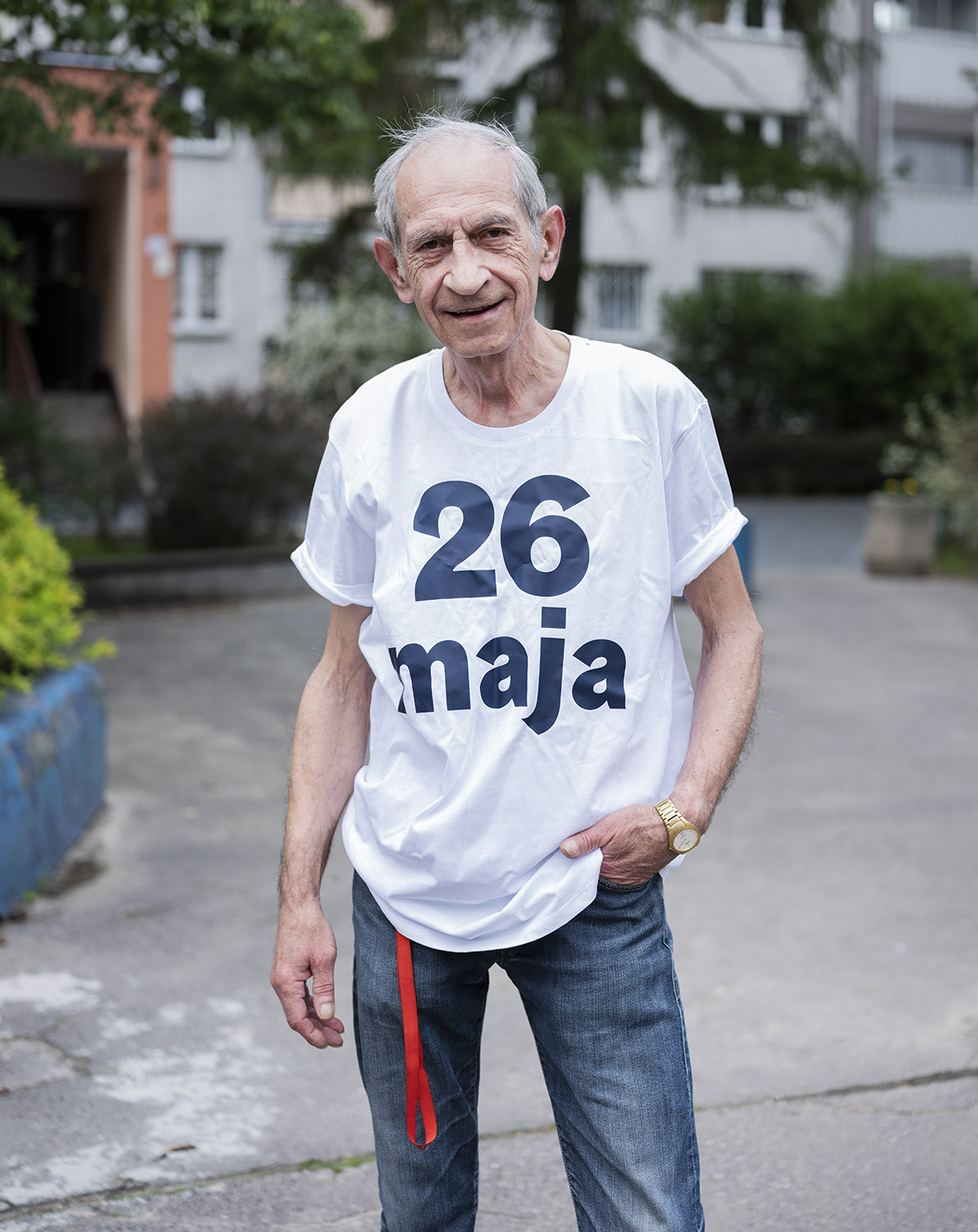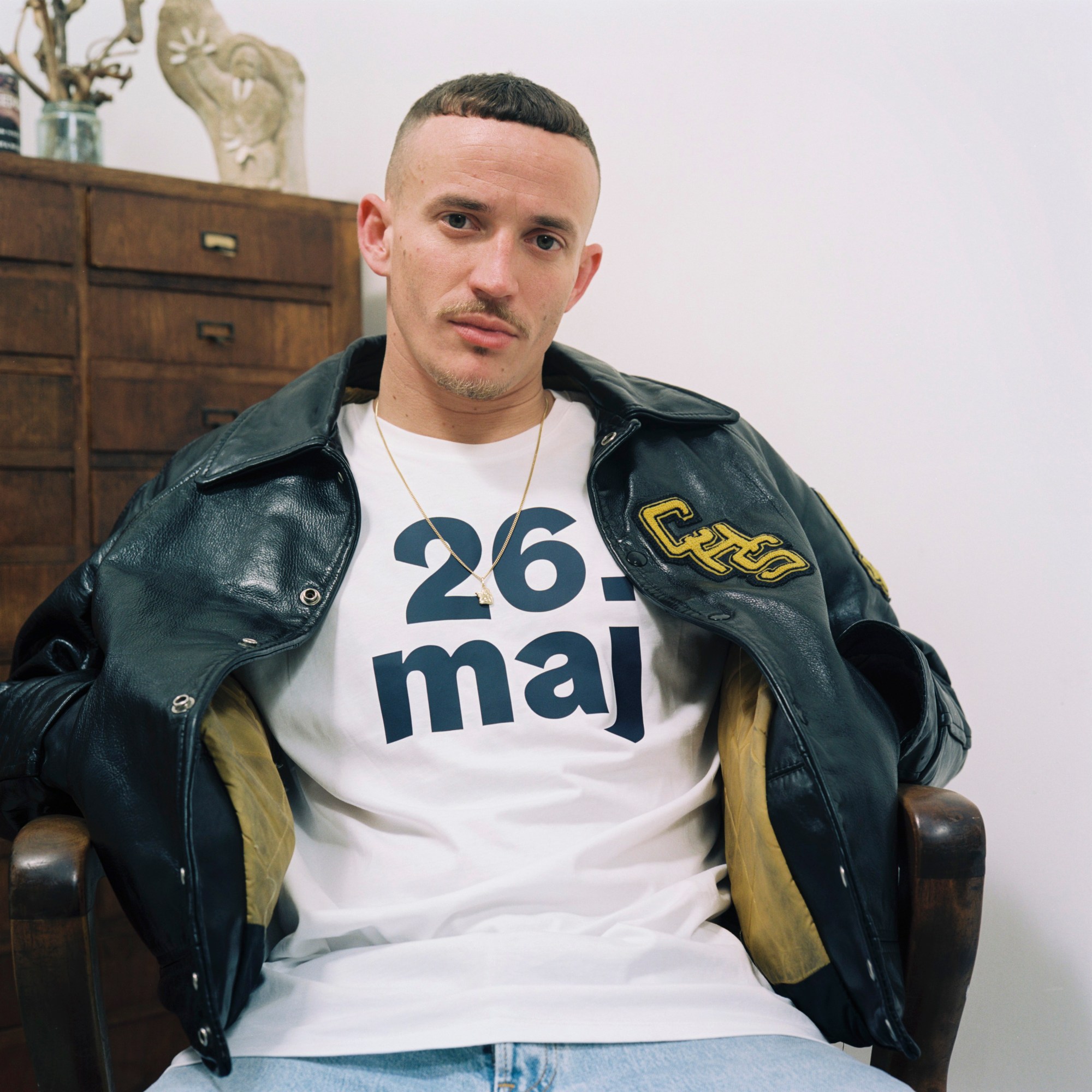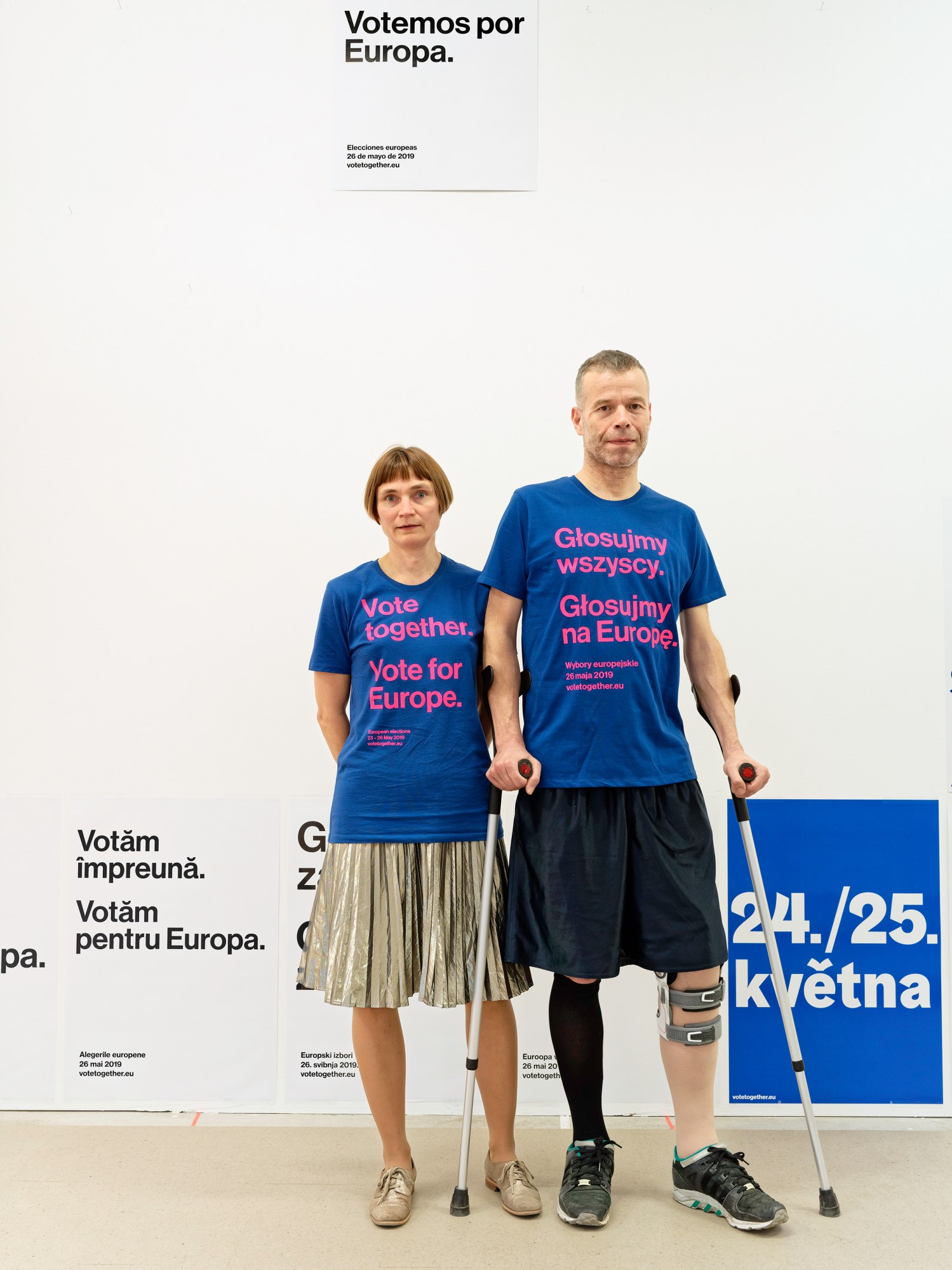In 2016, Wolfgang Tillmans, artist, photographer and activist, devised one of the more interesting and radical artistic gestures around the EU Referendum: an open source, print-at-home poster campaign that spread across galleries and cafes, on social media and T-shirts, in the lead up to vote. The campaign celebrated our shared histories and values. It said that there was more that unites us than divides us. That the EU wasn’t perfect, but the alternative was far, far worse (something that’s become depressingly clear).
Remain lost the referendum to Leave by just 4% and the last three years, unquestionably, have been a mess. We are still in the EU though (although we’re ruled by a Tory party with more interest in fighting among themselves than governing), and we are heading into a European Election with Nigel Farage’s Brexit Party leading in the polls. It is understandable — after three years of relentless tubthumping, jingoism, idiocy, bickering and equivocating — to be a little tired of the whole process. Yet, despite the fatigue, it is hardly the time to give up. It’s not over until it’s over. We have one more chance to send our representatives to the European Parliament and, at the very least, send a message.
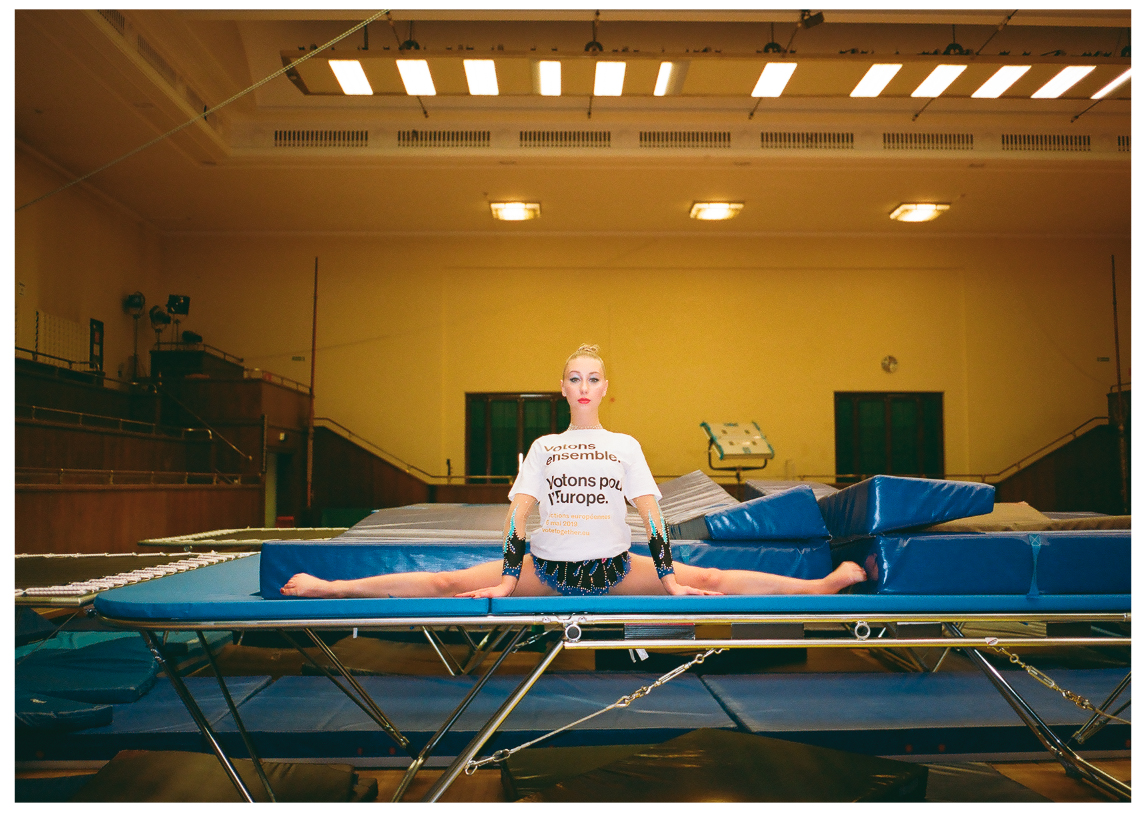
“To me, the fact that 420 million Europeans can vote together in one election — the second biggest election worldwide — is an incredible achievement, something I find truly inspiring,” Wolfgang says. “It’s a chance and an opportunity to make a statement for solidarity and against nationalism.” To make this statement Wolfgang has enlisted a host of photographers from across the continent to document the variety of citizens who make up the population of the EU — from Lisbon to Warsaw, and Athens to Budapest — to get their thoughts and opinions on the current moment. It looks to the places “where there is a very real danger from the right, who are trying to undermine fundamental values of liberal society”. It offers a beacon of inclusiveness and hope. Democracy isn’t particularly sexy, nor are the machinations of bureaucracy, but the project aims to humanise it, show how it affects us, make us feel part of the process.
We spoke to Wolfgang to find out more and share some of the images…
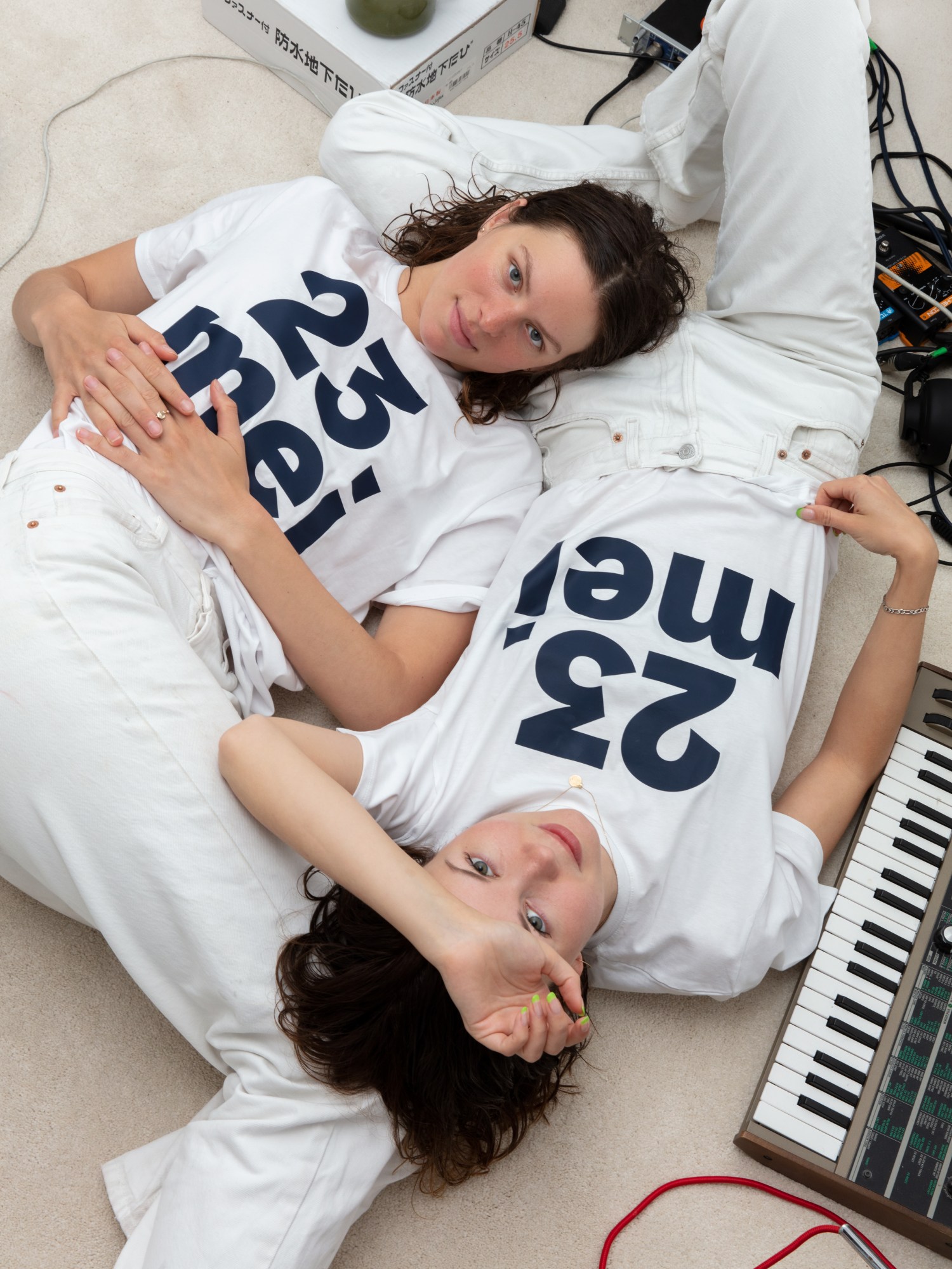
Dear Wolfgang, what inspired this project?
In past elections and referenda — think of Trump, of Austria, Turkey in 2017, think of Brexit — we could always observe that only a very slim majority of voters decided the fate of a whole country, while the campaigns were led in a divisive and polarising manner. And while the far right has been very eager in mobilising voters, a great many voters abstained. The best example of the missing youth vote was in the Brexit referendum, where an older generation decided the future for a younger one. So my inspiration comes from this: doing my bit in encouraging people to vote, presenting voting both as a democratic tool but also as a joy and something we can all take pleasure in.
What do you hope to achieve? And what would make this project a success?
The idea of the campaign is that it becomes alive in that moment in which people assume it for themselves by saying, ‘I want us to stay together. I believe in what connects us. I believe in collaboration, not confrontation.’ I understand that as a strategy this has its limitations since I’m looking to activate sympathy for something and then generate a certain action from it, voting. And the project is also speaking to a certain crowd, people who are inclined already. But then again, there is a probability that some of them are not aware of how they can vote or when the elections take place. So maybe the project inspires them to get informed about how these elections actually work and what the EU has actually achieved in making our lives better.
It’s very difficult to measure success with a campaign or project like this. Maybe success is not even the measure here. I don’t know exactly. But even if this campaign encourages 10 or 100 or 1000 people to go vote, and if we manage to increase voter turnout by a fraction of a percent, I’d have the feeling of success.
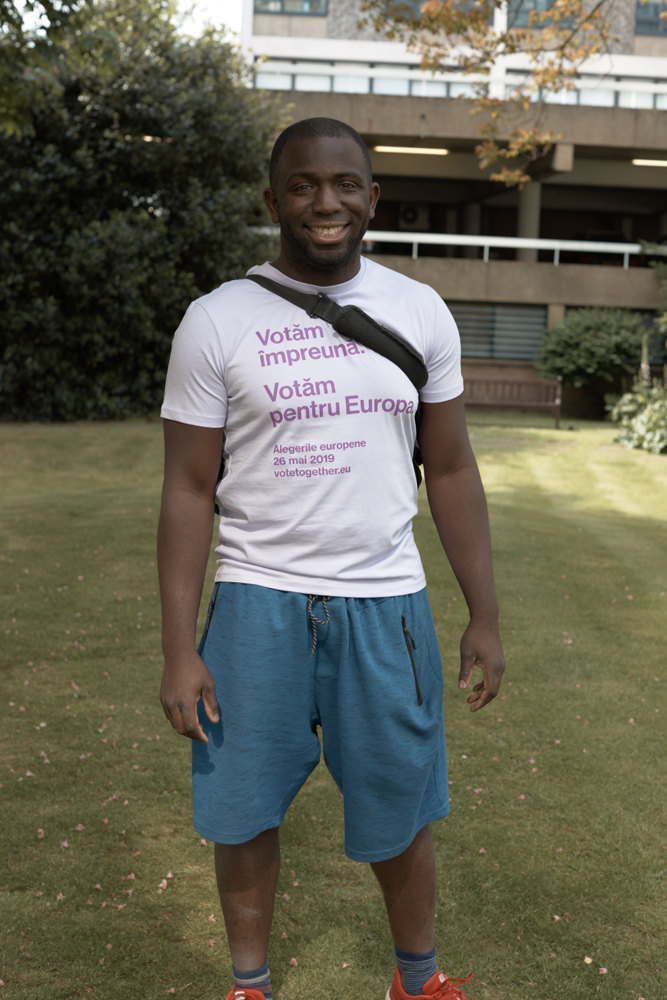
How did you choose the places, photographers and subjects to shoot?
It was important for me from the very beginning to envision this as a pan-European, collaborative project. We contacted photographers from our networks, friends, friends of friends, looking for diversity of styles and places. We sent the t-shirts to those photographers to self-organise photo shoots. So this was a very organic process, bringing in everyone’s contacts and creativity.
Your own photography is quite absent from the portfolio — what made you come to this decision?
For me this wasn’t about contributing my own photography to the project, but about creating tools and enabling others to use their skills to generate enthusiasm in their local contexts, and to lift it up to a European level. I focussed most of my energies on coming up with the slogans and texts, as well as creating videos, but also contributing designs for the posters and t-shirts right from the start.
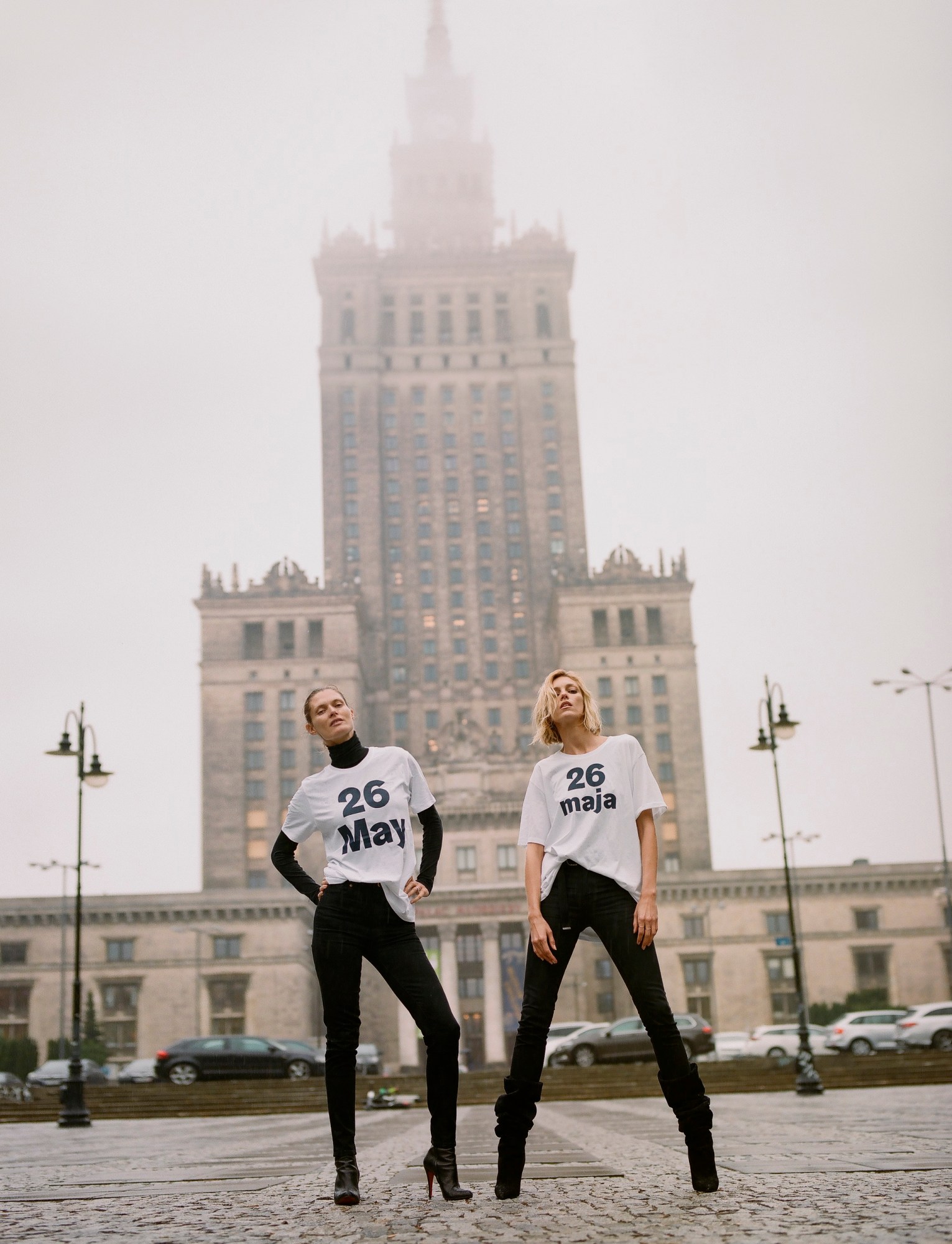
Brexit, unfortunately, looms over this project — and there is not a lot of the UK featured. I’m assuming it was a conscious decision, especially with all your referendum activism in the country in 2016?
Up until early April, it seemed as if the UK was set to leave the EU before the elections. We knew that this was not something to count on, but it seemed realistic at that point. It seemed more important to reach people in countries like Poland, Hungary, France and Italy where there is a very real danger from the right, who are trying to undermine fundamental values of liberal society. But we also didn’t leave the Brits out entirely. Vivienne Westwood and Andreas Kronthaler, for example, were some of our strongest supporters from the very beginning. We also noticed that many people in the UK wore the T-shirts and participated in sharing the posters and videos.
More generally than just the people featured — have you noticed very different reactions to the EU in different places, across different age groups, occupations and so on?
It’s hard to say, and I am also aware that we are operating in a rather EU-friendly setting. We reached many people who are already sympathetic towards the EU. The campaign took off incredibly well in Poland, for example. The second strategy of the campaign were the posters in 24 languages and people enjoyed the poetic and phonetic play and visual interactions between the 24 different languages. They showed up in places where we didn’t expect them to, thanks to many enthusiastic people across Europe who put them up proactively.
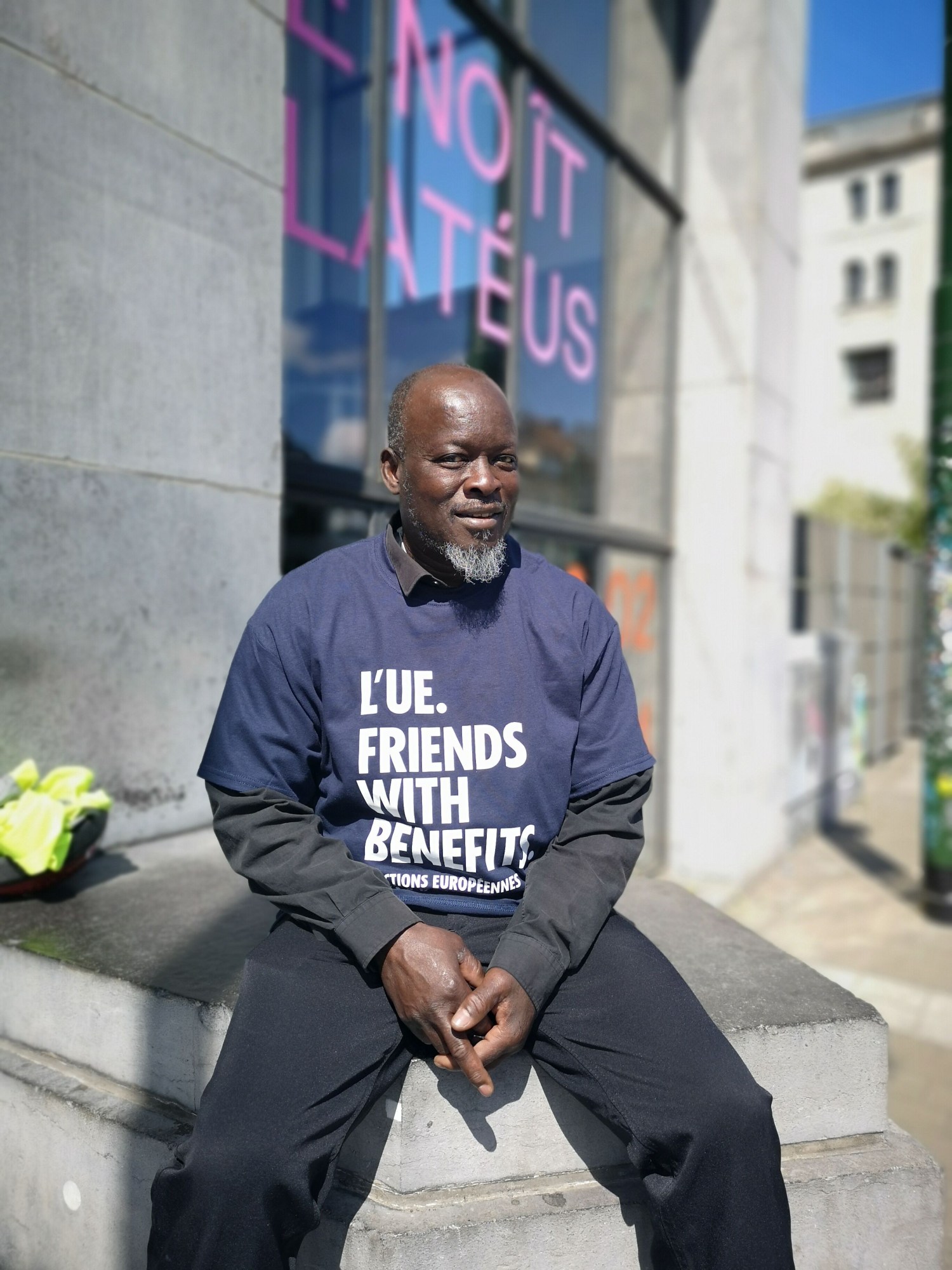
The UK is still in quite a perilous state — who knows what will happen next — are you hopeful at all?
I think everybody is exasperated at this point and just wants the subject to be put to rest. But that is so dangerous because of course the subject cannot go away. And no deal certainly is not a solution. The day after no deal the UK will ask the EU to forge deals on everything individually that could have been resolved with a ‘a deal’. I still hope that somehow Brexit won’t happen because it will create moments of competition between Britain and the EU, which can only foster negativity. But should Brexit happen, I don’t want to believe that it disconnects people from each other.
And the EU itself — are you hopeful for the future of the institution?
I am. And I am very well aware that there are many things on many levels that need improvement. But the EU is also an institution that enshrines fundamental rights and has made our lives better in many ways. Think of women, workers, minorities rights, but also environmental issues that the EU takes on, even though improvement is also needed there. The EU’s democratic processes may seem complicated but it is based on different viewpoints coming together, exchanging ideas, and finding compromises. It’s an unprecedented political project that we need to have patience with. To me, giving up the idea of collaboration would be a great mistake.
